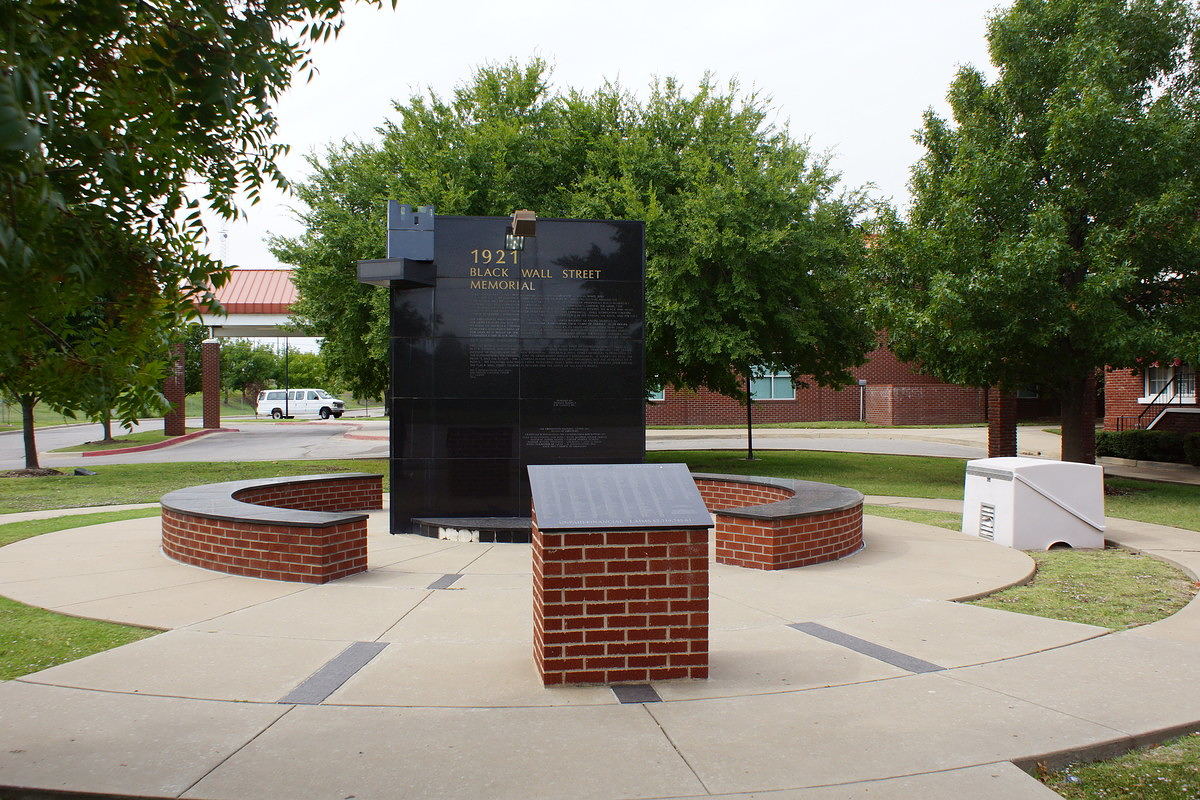
The first half of the 20th century shaped Black Americans’ identity and influence on the United States. In reaction to racist actions and laws in that period, Black neighborhoods provided a sense of belonging, serving as a space not only to garner wealth, but also to celebrate Black culture in a unique and authentic way. During this time, a Black cultural identity began to emerge, but Black Americans were still significantly affected by key events such as Jim Crow, segregation and desegregation, and the assassinations of key Civil Rights leaders. These events impacted individual livelihoods and the fate of these neighborhoods.
Many of these communities disintegrated because of factors such as gentrification and outright racism, while others continue to rebuild and evolve. However, the history of these neighborhoods have often been hidden and not fully recognized. As a way of honoring Black excellence and their full rich history, the National Trust is exploring nine “Black Wall Streets” across the country where African American businesses districts flourished and served as examples of Black economic self-empowerment.
Learn about these nine neighborhoods.
